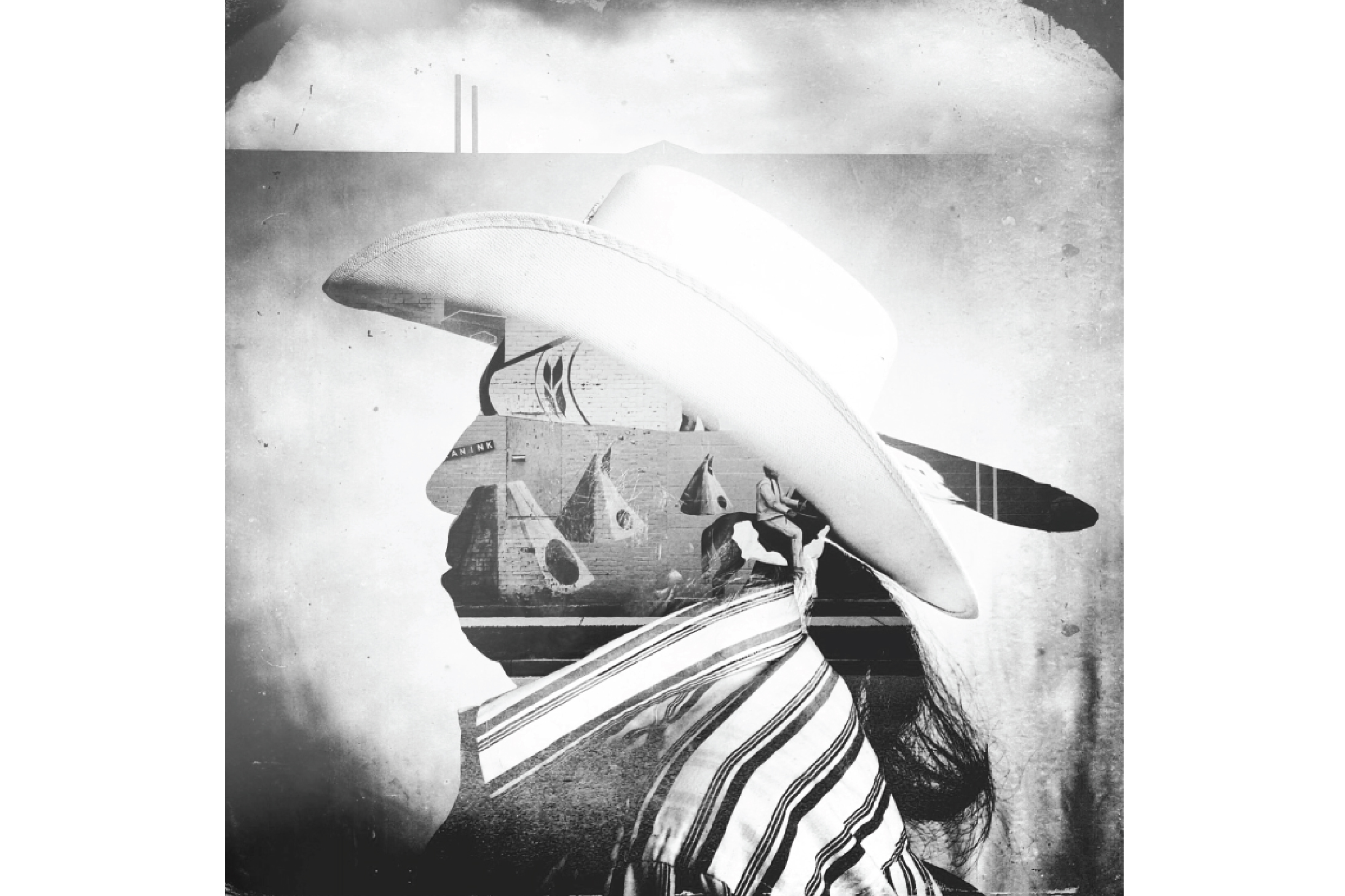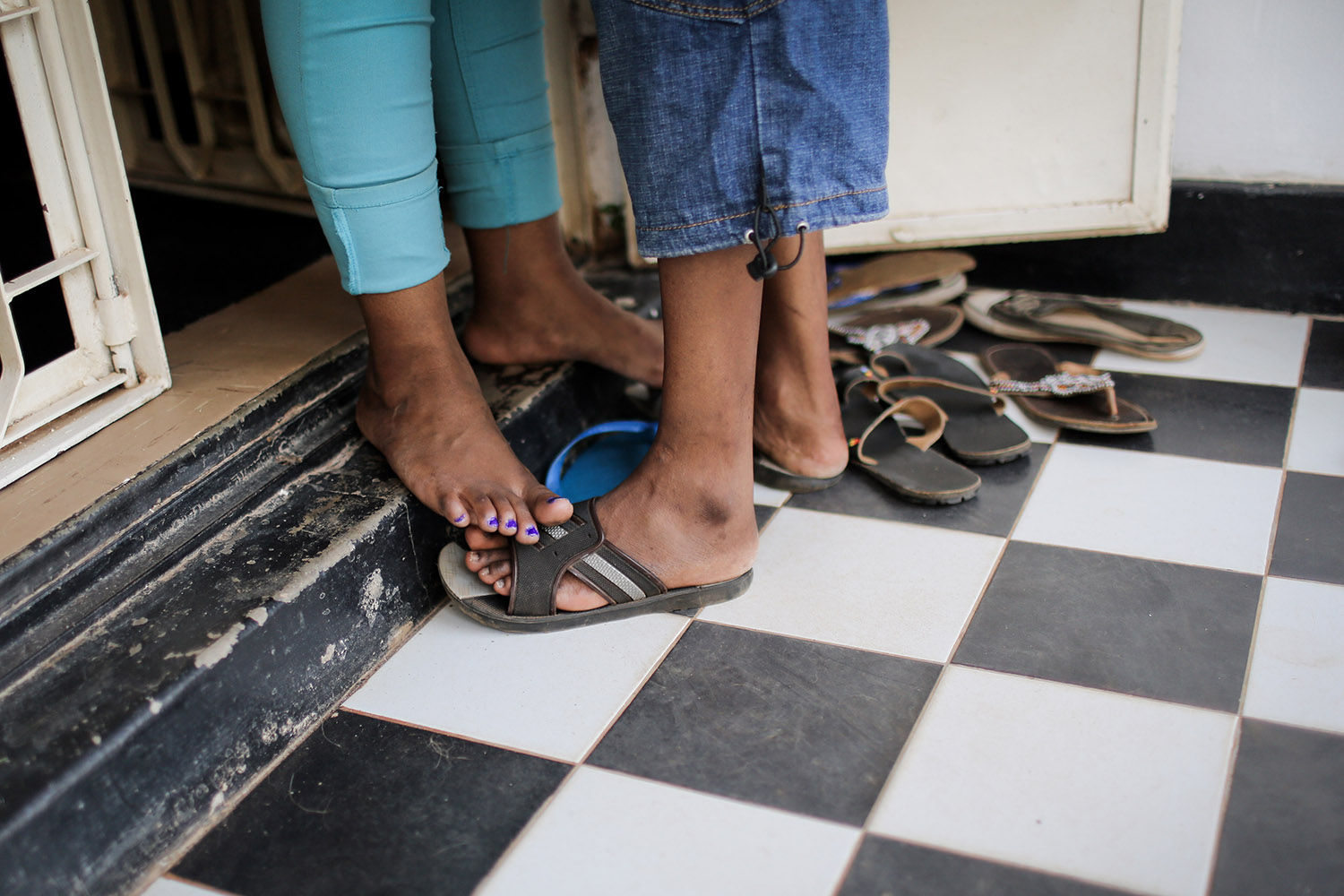What is empathy? For Pulitzer Center grantee Daniella Zalcman, it is the ability to report stories objectively and accurately.
Whether Zalcman is covering the LGBT community in Uganda or taking portraits of residential school survivors in Canada, she makes sure her photos represent as many opinions, viewpoints and perspectives as possible—whether she agrees with them or not.
But empathy is not just an important trait for journalists—others need to recognize its value as well—so Zalcman founded The Empathy Gap Project in an effort to spread awareness about the significance of understanding other people's points of view.
"I came up with the idea for The Empathy Gap Project after I realized it seems like we're having a harder and harder time putting ourselves in each other's shoes," Zalcman said in a video addressed to the students of the Inspired Teaching Public Charter School, one of Pulitzer Center's D.C. education partners. "We all have to deal with conflict and strife in different ways, some of us much more than others, and part of creating meaningful and supportive communities means trying to understand what those conflicts are."
The project is "a collaboration that cultivates shared experiences through photography," according to the project's Twitter page, @theempathygap. In other words, it achieves its goal through art and encourages people to learn about their peers in order to gain a deeper understanding of each other's beliefs.
Students at the Inspired Teaching School worked on an Empathy Gap project of their own inspired by Zalcman. Students conducted thoughtful interviews of their classmates and took portraits of each other in an effort to better understand what middle school principal Latisha Coleman calls "the strangers beside me."
Zalcman spent three days in October and one day in January working with the students at the Inspired Teaching School as they interviewed classmates and layered images to represent their friends. The students exhibited their final portraits at a celebratory event hosted by the Pulitzer Center on Thursday, February 4.
"We had to push ourselves not to ask elementary questions," Coleman said at the exhibit. "We crossed out all of those questions and then really got down to it. So it was 'What do you think of Donald Trump?' or 'What do you think of climate change?' [Questions about] things that they are thinking about and that are going on in their lives."
About 60 students, teachers, family members, and Pulitzer Center staff attended the exhibition in order to admire the photography and learn about each student. Pulitzer Center Education Coordinator Amanda Ottaway organized the event—it was a bittersweet evening for all. After three years Ottaway is leaving the Pulitzer Center. She had spearheaded the Inspired Teaching School collaboration for the past two years. Coleman publicly thanked her for her tremendous contribution to the students' education, saying students always knew they would learn something interesting whenever Ottaway was on campus.
Students expressed an array of thoughts and ideas through their photos, with captions ranging from "Pizza, Pizza Yum" to "Don't Judge."
"We stand next to people every day in our class, but still don't know some things about them," said seventh grader Jelani Denmark. "The project forced me to learn more. Now I know how some of my classmates feel about politics and things that scare them… My photos are all about emotions. I learned that, like me, some of my classmates are going through lots of emotions."

For more than a century, many Western governments operated a network of Indian Residential Schools...




















